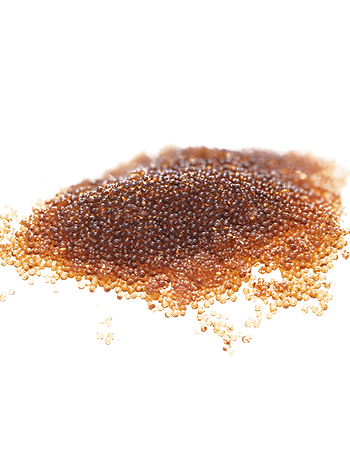Selecting the appropriate ion exchange resin is crucial for achieving optimal water treatment results. With various types of resins available, understanding their properties, applications, and benefits helps in making an informed decision. Whether for water softening, demineralization, or wastewater treatment, choosing the right resin enhances efficiency, extends equipment lifespan, and ensures compliance with industry standards.
Understanding Ion Exchange Resins
Ion exchange resins are synthetic, porous materials designed to exchange specific ions in a solution with those attached to the resin beads. The two primary types of ion exchange resins include:
Cation Exchange Resins: These resins remove positively charged ions (cations) such as calcium (Ca²⁺), magnesium (Mg²⁺), iron (Fe²⁺), and sodium (Na⁺). They are widely used in water softening, demineralization, and heavy metal removal.
Anion Exchange Resins: These resins remove negatively charged ions (anions) such as sulfate (SO₄²⁻), nitrate (NO₃⁻), chloride (Cl⁻), and bicarbonate (HCO₃⁻). They are essential in dealkalization, purification, and organic matter removal.
For high-purity applications, mixed bed resins, which combine both cation and anion resins, are used to achieve ultra-pure water by eliminating all ionic contaminants in a single step.
Factors to Consider When Choosing an Ion Exchange Resin
Selecting the right resin depends on multiple factors, including water composition, treatment goals, system requirements, and cost considerations.
1. Application-Specific Requirements
The intended application determines the type of resin needed:
Water Softening: Requires cation exchange resins to remove hardness-causing ions.
Demineralization: Needs both cation and anion exchange resins to eliminate all dissolved salts.
Wastewater Treatment: Depends on specific contaminants, often requiring selective resins for heavy metal removal.
Food & Beverage Industry: Utilizes food-grade resins to ensure compliance with health and safety standards.
2. Resin Capacity and Efficiency
The ion exchange capacity of a resin determines how effectively it can remove ions before regeneration is needed. High-capacity ion exchange resins, such as SuperCharge Resins, offer enhanced performance, reducing downtime and operating costs in demanding industrial settings.
3. Resin Structure and Stability
Gel Resins: Ideal for general water treatment applications with moderate contamination levels.
Macroporous Resins: Designed for harsher environments, providing greater durability and resistance to organic fouling.
4. Operating Conditions and Regeneration Requirements
Temperature and pH Tolerance: Some resins perform better under extreme temperatures and pH variations.
Regeneration Efficiency: Resins with efficient regeneration cycles reduce chemical usage and waste, contributing to sustainability.
Latest Advancements in Ion Exchange Resins
With technological advancements, modern ion exchange resins offer improved efficiency, cost-effectiveness, and environmental benefits. Some key innovations include:
SuperCharge Resins: Featuring enhanced ion exchange capacity and extended lifespan, making them ideal for high-demand applications.
Eco-Friendly Resin Regeneration: Reducing chemical waste and improving sustainability in water treatment systems.
Smart Monitoring Systems: IoT-enabled sensors integrated with resin systems to optimize performance and predict maintenance needs.
Conclusion
Choosing the right ion exchange resin ensures efficient water treatment, cost savings, and compliance with regulatory standards. By considering application-specific needs, resin capacity, structure, and regeneration efficiency, industries can optimize their water purification processes. Advanced solutions like SuperCharge Resins further enhance performance, making them an excellent choice for high-volume and critical applications. Investing in the right resin technology guarantees long-term operational benefits, improved water quality, and sustainable treatment solutions.
